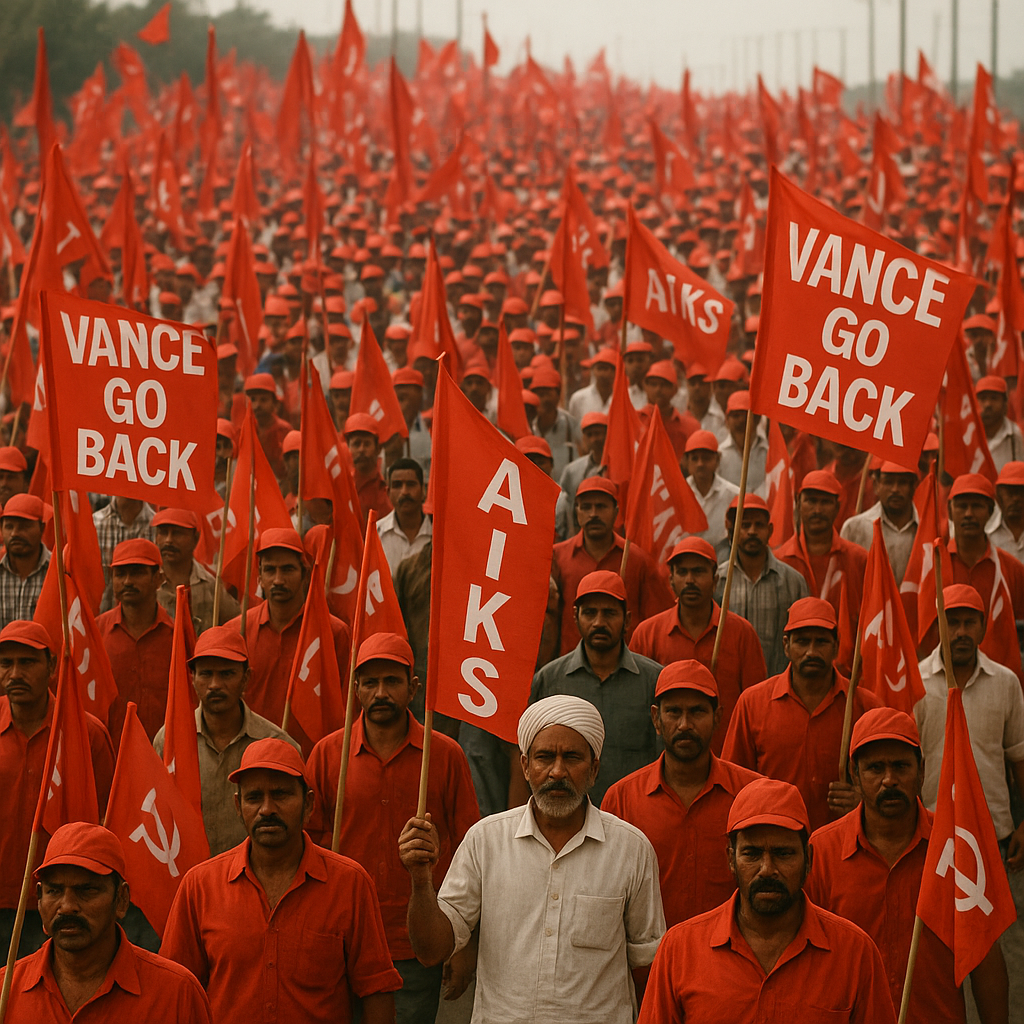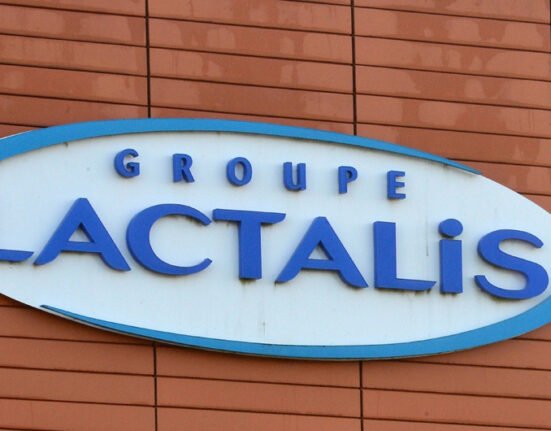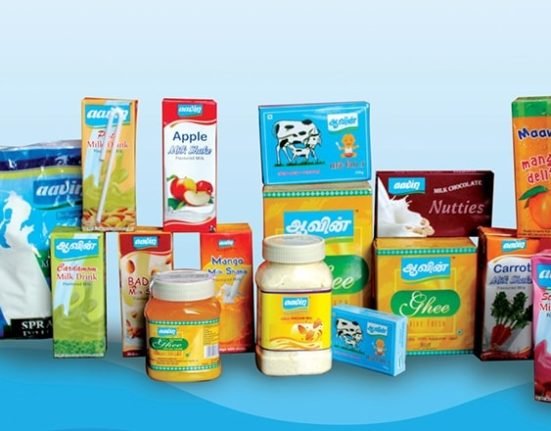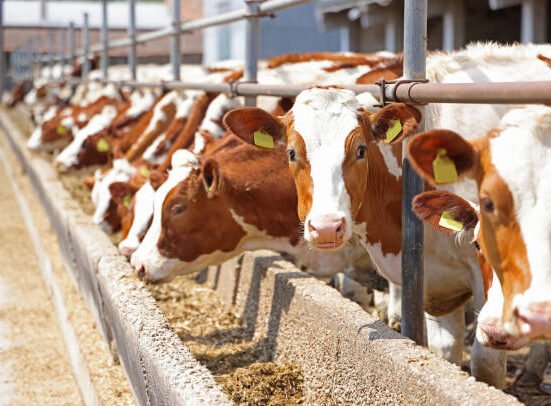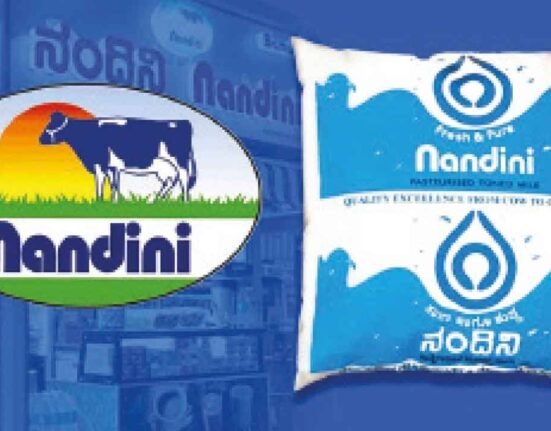As U.S. Vice President J.D. Vance touches down in New Delhi to advance high-stakes trade negotiations, India’s agricultural heartland is seething with unrest. Farmer organizations across the country have launched a coordinated protest movement, decrying what they describe as a lopsided and opaque trade agenda that threatens their livelihoods.
Led by the All India Kisan Sabha (AIKS) and Himachal Kisan Sabha (HKS), farmers are staging mass demonstrations on April 21, 2025, under the rallying cry: “Vance Go Back! India is Not for Sale!” The protests are being held in villages, town centers, and district headquarters, where effigies will be burned and rallies organized to demand a halt to the India-U.S. trade talks currently underway.
Mounting Concerns Over Market Access and Tariff Concessions
At the core of the resistance is a fear that India is preparing to roll back key protective measures for agriculture, dairy, and fisheries under pressure from Washington. AIKS alleges that critical tariff barriers are set to be dismantled without legislative debate or consultation with state governments.
Farmer groups warn that opening India’s market to American exports—ranging from genetically modified corn and soybeans to dairy products, ethanol, and temperate-climate fruits like apples and walnuts—could decimate domestic production. Price crashes, loss of market share, and increased rural distress are cited as near-certain outcomes.
The discontent is sharpened by India’s ongoing cotton crisis. Production has fallen from 37 million bales in 2017–18 to a projected 31.6 million bales in 2023–24. With farmer suicides rising in key cotton-growing regions, unions fear the influx of cheaper U.S. cotton could be the final blow to an already fragile sector.
Criticism of Secrecy and Lack of Accountability
The trade discussions are part of “Mission 500,” a bilateral initiative aimed at boosting U.S.-India trade volumes to $500 billion by 2030. But farmer groups and civil society leaders argue the negotiations are shrouded in secrecy.
“There is no parliamentary oversight, no role for state governments, and no transparency,” said Vijoo Krishnan of AIKS. “If this is meant to shape India’s economic future, why is it happening behind closed doors?”
Activists point out that other nations, including Mexico, China, and Canada, have resisted similar U.S. trade demands. India, they argue, is yielding far too easily—despite having more leverage than it appears willing to use.
Beyond Agriculture: Threats to MSMEs and Strategic Sectors
While the farmer protests dominate headlines, the concerns go deeper. Leaders warn that small-scale manufacturers in pharmaceuticals, auto components, and electronics—industries powered by India’s vast MSME sector—could be undermined by increased competition from global giants.
Critics also caution against trade clauses that could affect public procurement, intellectual property regimes, and digital sovereignty—all of which may have long-term consequences for India’s policy flexibility and industrial competitiveness.
A Symbolic Showdown with Real Stakes
Vice President Vance’s visit is emblematic of a broader geopolitical shift. The U.S. is seeking tighter economic ties with India to counterbalance Chinese influence, while India sees opportunity in enhanced market access and investment.
But to rural communities, this moment feels more like an existential threat than a diplomatic breakthrough.
In a joint statement, farmer leaders including Ashok Dhawale, Dr. Kuldeep Singh Tanwar, Rakesh Singha, and Vijoo Krishnan vowed to resist what they called “the dismantling of India’s agricultural backbone in the name of free trade.”
April 21 may mark more than a day of protest. It could define the contours of India’s economic policy debate for years to come.

